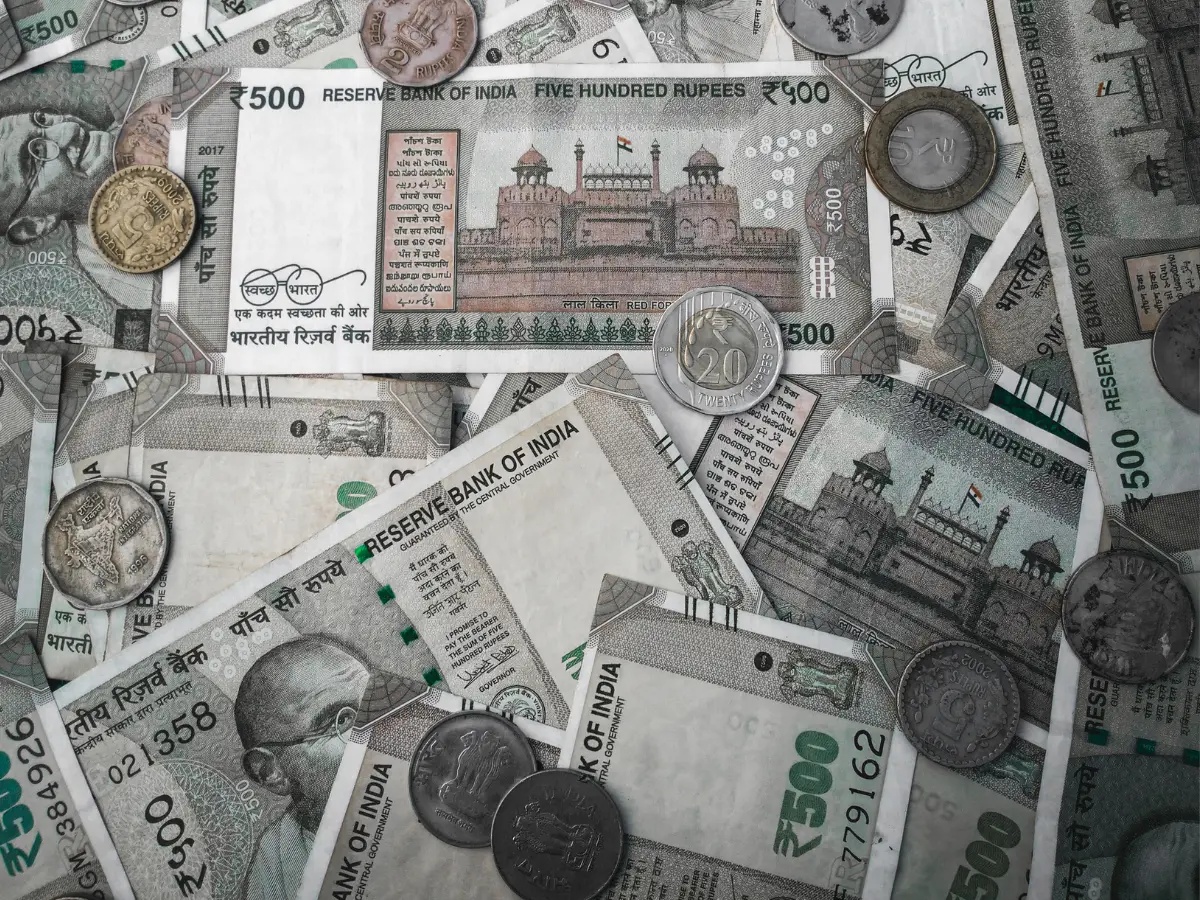
Government Approves Implementation of 8th Pay Commission
The Indian central government has officially sanctioned the rollout of the 8th Pay Commission, a significant initiative aimed at restructuring salaries, allowances, and pensions for over 1 crore central government employees and retired pensioners. This decision follows months of anticipation since the announcement by Union Minister Ashwini Vaishnaw in January. The commission’s Terms of Reference (ToR) are expected to be finalized by January 2026, with a focus on aligning compensation with inflationary pressures and improving financial security for public sector workers. The move has sparked widespread interest, as it promises to address long-standing concerns about stagnant wages and pension adjustments.
Who Will Be Impacted by the 8th Pay Commission?
The 8th Pay Commission is projected to benefit approximately 50 lakh central government employees, including defense personnel, as well as 65 lakh retired pensioners, such as defense retirees. These figures highlight the extensive reach of the reform, which seeks to modernize the compensation framework for both active and retired public servants. The revised structure is expected to enhance purchasing power by incorporating adjustments for inflation, particularly through Dearness Allowance (DA), which has been a critical component in maintaining living standards amid rising costs.
Projected Salary Increases and Financial Implications
While exact percentage hikes remain undisclosed, the government has hinted at a substantial revision of basic salaries. According to reports, the minimum basic pay could rise from ₹18,000 to ₹51,480, representing a significant leap in financial stability for low-income employees. Analysts estimate that the commission’s recommendations could result in a 30-34% increase in total earnings for government employees and pensioners. This surge is anticipated to alleviate financial strain, particularly for those in lower pay brackets, while also addressing disparities in compensation across different sectors and roles.
Understanding the Pay Structure and Allowances
The 8th Pay Commission will overhaul India’s existing pay framework, which includes Grade Pay, Pay Bands, and the Pay Matrix. These elements determine the base salary, allowances, and other financial benefits. Basic Pay, constituting 51.5% of total income, will undergo revisions to reflect current economic conditions. Dearness Allowance (DA), a crucial inflation hedge, will be recalibrated to ensure employees retain their purchasing power. Additionally, House Rent Allowance (HRA) will be adjusted based on regional cost-of-living differences, ensuring equitable compensation across urban and rural areas.
Next Steps and Broader Implications
The implementation of the 8th Pay Commission marks a pivotal moment for India’s public sector workforce. With the ToR expected to be released in 2026, stakeholders are closely monitoring developments to prepare for the transition. The reform is likely to have far-reaching effects, from improving employee morale to enhancing the government’s fiscal planning. As the commission finalizes its recommendations, it will set a precedent for future wage adjustments, ensuring that public sector workers remain competitive in an evolving economic landscape.



